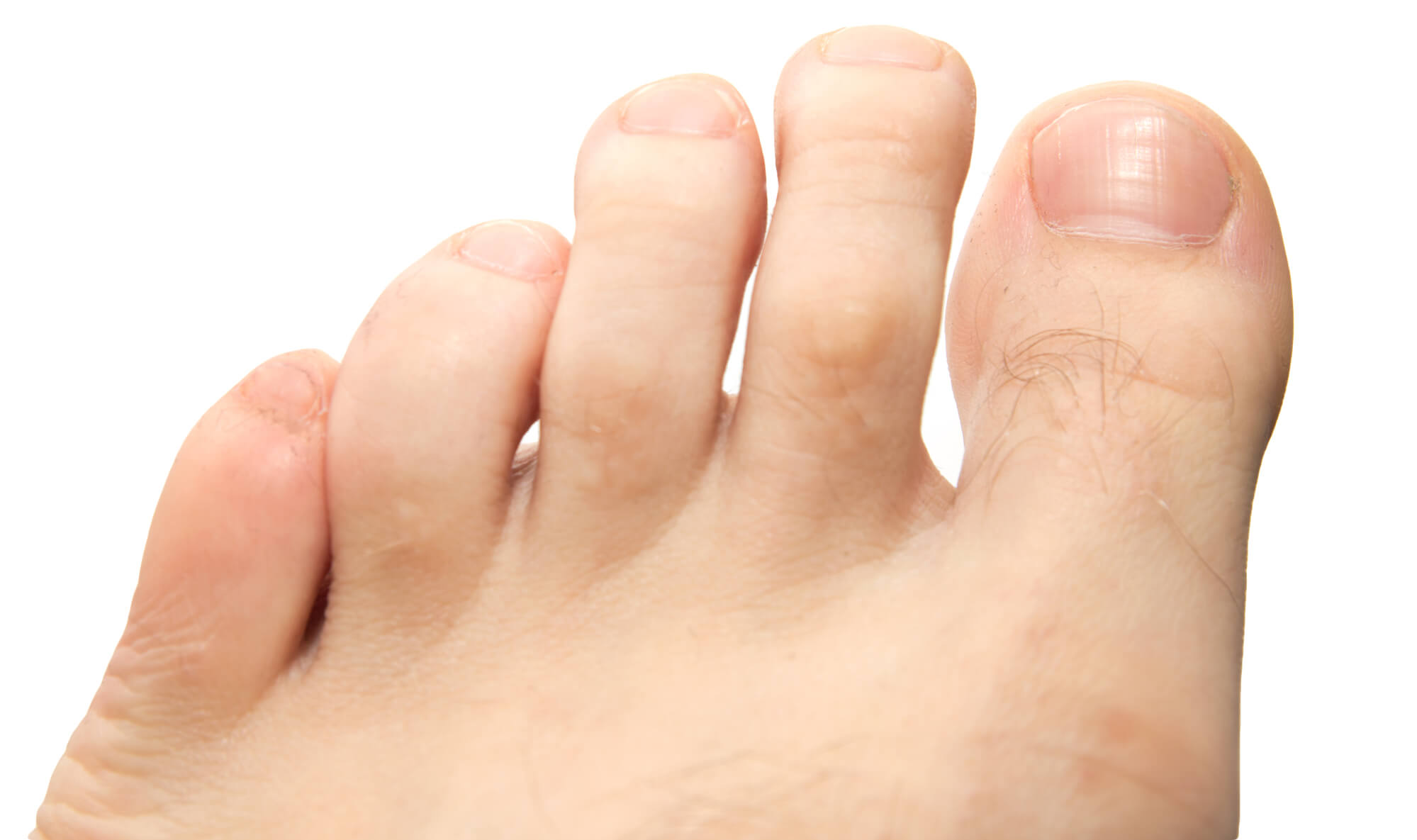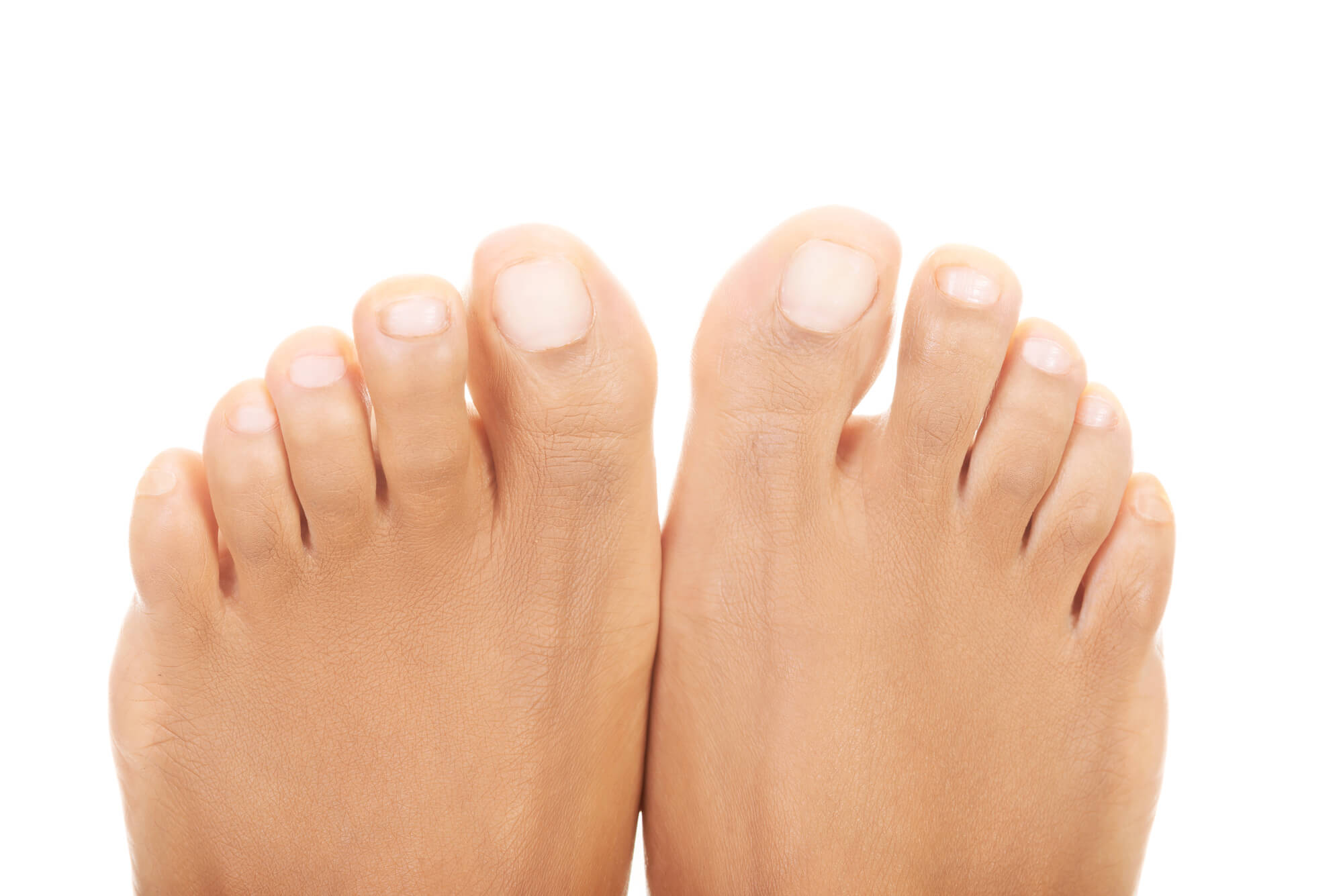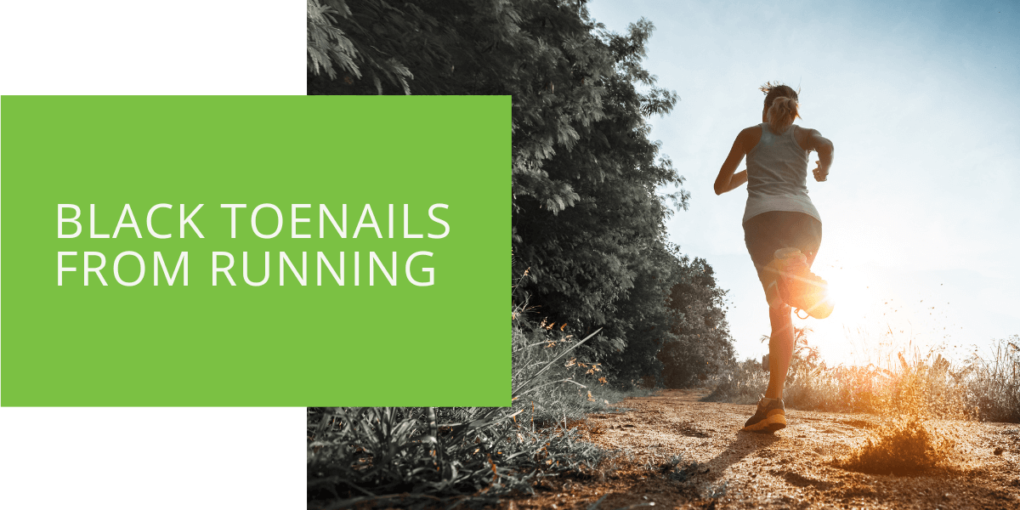Black Toenails from Running: Causes, Symptoms & Treatment
Runners often encounter various foot problems, and one of the most common issues is black toenails from running. Black toenails result from the accumulation of blood under the nail bed, causing discoloration and discomfort. Several factors, including repetitive trauma, ill-fitting running shoes, and toenail fungus, can cause this condition. This article will explore the causes, symptoms, treatment options, and tips for preventing this common problem.
Causes of Black Toenails from Running
Several factors can cause black toenails, but the most common cause is repetitive trauma. This occurs when your toenail comes into contact with the front or side of your shoe, causing the toenail to bruise, blister, or bleed. The repetitive trauma can lead to a hematoma, or blood blister, forming under the toenail. The bleeding and bruising can cause the toenail to turn black and become painful.
Ill-fitting running shoes are another common cause. Shoes that are too tight or loose can cause your toes to rub against the sides or the end of the shoe. This repetitive rubbing can cause blisters, bruises, or bleeding under the toenail.
Ingrown toenails can also lead to toenails going black. When the toenail grows into the skin around the nail, it can cause the skin to become inflamed and infected. The pressure and friction can also cause the toenail to become deformed, resulting in a black toenail.

Symptoms of Black Toenails from Running
Black toenails can be uncomfortable and painful, and it's important to recognize the symptoms to take action and prevent the problem from worsening. Here are some common symptoms and what they may indicate:
- Discoloration: The most obvious symptom is discoloration of the nail. The toenail may turn black, blue, or purple due to the accumulation of blood under the nail bed.
- Pain and tenderness: You may experience pain and tenderness around the affected toenail. The pressure from the blood blister or damaged nail bed can cause discomfort and make it difficult to wear shoes.
- Thickened toenails: The toenails may become thickened as they try to heal from the injury. This can make it difficult to trim or care for the toenail.
- Lifting of the toenail: In severe cases, the toenail may lift off the nail bed due to the accumulation of blood or other damage. This can be quite painful and may require medical attention.
- Infection: If an infection is present, you may experience redness, swelling, and discharge around the affected toenail. It's important to seek medical attention if you suspect an infection, as it can lead to further complications.
- Black dots: In some cases, you may notice small black dots on the toenail. This may indicate a fungal infection or another underlying issue.
- Deformed nail: Over time, toenails that turn black can lead to a deformed nail that is thick, misshapen, or discolored. This can be unsightly and may require treatment to correct.
If you experience any of these symptoms, it's important to take action to prevent the problem from getting worse. By seeking medical attention and taking steps to prevent further injury, you can ensure that your feet stay healthy and pain-free while you continue to enjoy running and other activities.

Diagnosing Black Toenails from Running
If you are experiencing black toenails, seeing a podiatrist for a proper diagnosis is important. The podiatrist will perform a physical examination of the affected toenail and may ask you about your running habits and medical history. In some cases, the podiatrist may order diagnostic tests such as x-rays or cultures to rule out other possible causes.
Treatment Options for Black Toenails from Running
In most cases, toenails that have turned black will heal on their own over time. However, some treatment options can help speed up healing and alleviate symptoms.
If a blood blister is under the toenail, the podiatrist may need to drain the blood to relieve pressure and reduce pain. The podiatrist may prescribe antibiotics to prevent further infection if an infection is present.
Toenail trimming or removal may be necessary if the toenail is severely damaged or infected. In some cases, surgical options may be needed to repair the damaged toenail.
Preventing Black Toenails from Running
Prevention is key when it comes to black toenails. Some tips for preventing include:
- Properly fitting running shoes: Shoes should have a thumb's width of space between the end of the shoe and your longest toe. The shoes should also be wide enough to accommodate the width of your foot.
- Trim toenails straight across: Trimming toenails straight across can help prevent ingrown toenails and reduce the chances of getting a black toenail.
- Wear moisture-wicking socks: Moisture-wicking socks can help keep your feet dry and prevent blisters and other foot issues.
- Gradually increase mileage: Overdoing it with your mileage or intensity can put excessive stress on your feet and lead to injuries. Increasing your mileage or intensity can help prevent your toenails going black and other foot issues.
- Use orthotics or padding: Using orthotics or padding can help relieve pressure on your toes and prevent black toenails.
- Lacing techniques: Try different techniques to prevent your feet from sliding around in your shoes. One method is using a heel lock lacing technique to secure your heel and prevent movement.

When to See a Podiatrist
Knowing when to see a podiatrist is important for preventing black toenails from running and other foot-related injuries. While they can often be treated at home with simple remedies, there are certain circumstances when seeking professional medical care is important. Here are some of the signs and symptoms that may indicate a more serious issue:
- Persistent pain: If you experience persistent pain in your foot or ankle that doesn't go away with rest or over-the-counter remedies, it may be a sign of a more serious issue. A podiatrist can evaluate your symptoms and determine the underlying cause of your pain.
- Signs of infection: If you notice any signs of infection, such as redness, swelling, or discharge, around the affected toenail, it's important to seek medical attention. Infections can lead to serious complications and require prompt treatment to prevent the spread of infection.
- Deformed nail: If your toenail has become deformed or has lifted off the nail bed, it's important to see a podiatrist. This can indicate more serious damage or injury that may require medical attention.
- High fever: If you experience a high fever with toenails that are black or other foot issues, it may indicate a more serious infection requiring immediate medical attention.
- Ongoing issues: If you've tried home remedies, but the problem persists or worsens, it's time to see a podiatrist. They can evaluate your condition and recommend the most effective treatment plan.
Paying attention to these signs and symptoms lets you know when to see a podiatrist and seek the proper care for your foot and ankle issues. A podiatrist can provide a proper diagnosis and recommend a treatment plan tailored to your needs, helping you get back on your feet and do the activities you love.
Conclusion
Black toenails from running are a common problem for runners, but they can be prevented with proper shoe fit, toenail trimming, and other preventative measures. If you experience your toenails going black, seeing a podiatrist for a proper diagnosis and treatment plan is important. You can enjoy running without discomfort and pain with the right treatment and preventative measures.

